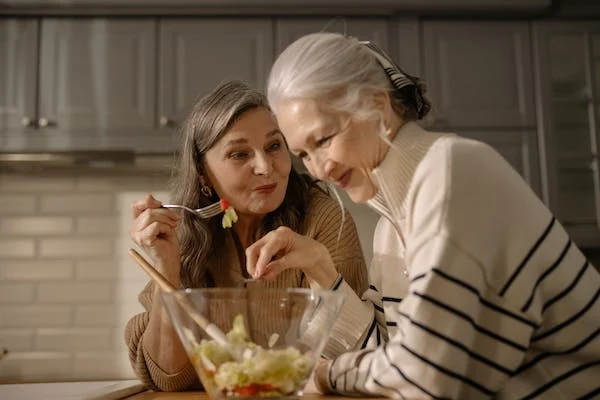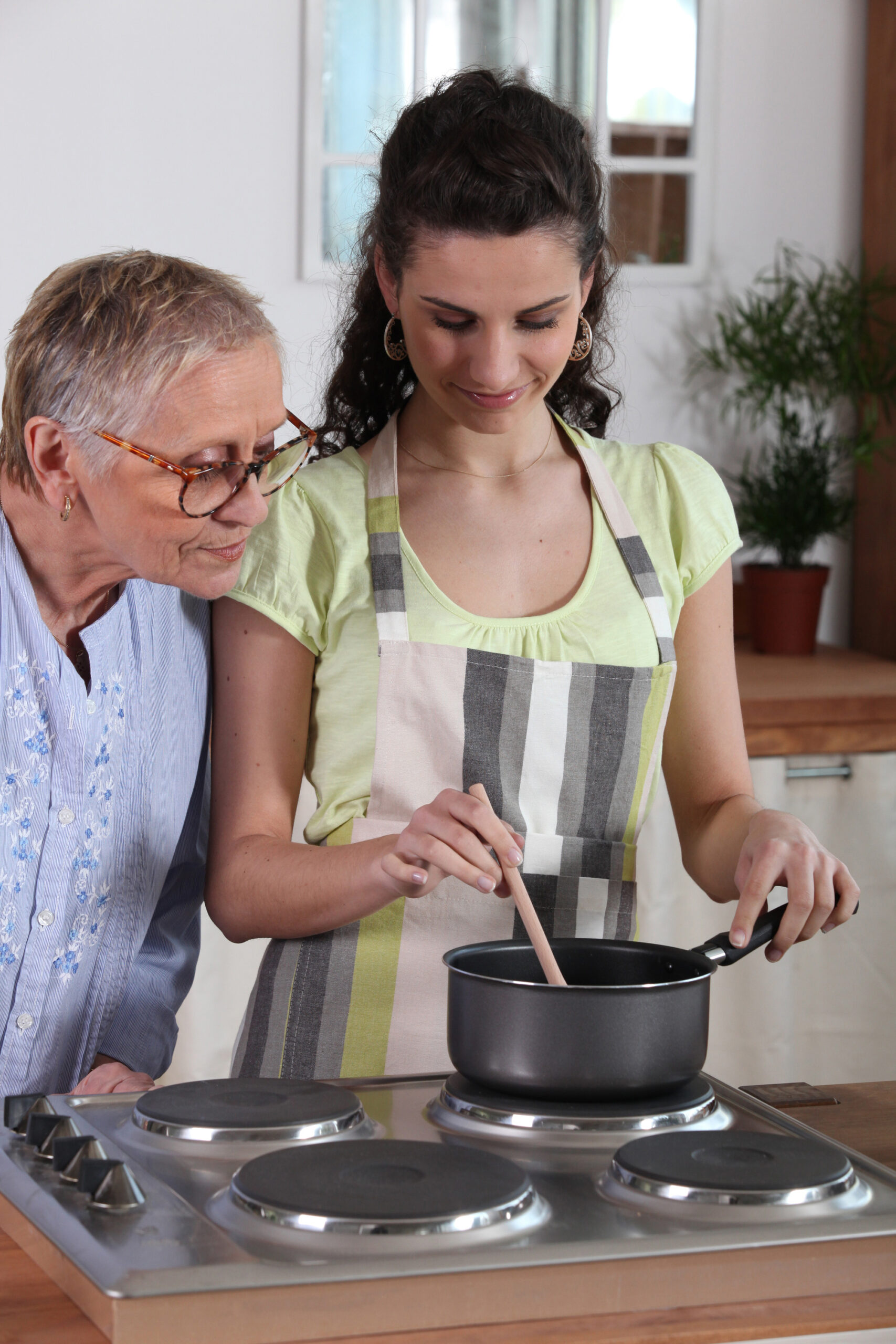Author: Kelly Brown Photo source: Pixabay
Sober living homes, also known as halfway houses, are temporary residence options for people recovering from substance abuse. These homes provide a structured environment and support for long-term recovery, including preventing relapse and helping residents create a sober lifestyle. Women’s sober living homes cater specifically to the needs of women in recovery, including those struggling with drug abuse, alcohol dependence, and addiction. These homes may offer specialized care and support, as well as gender-specific amenities.
To be admitted to a sober living home, residents must typically have completed detox and rehab, and be willing to participate in therapy and 12-step meetings. House rules in sober living homes may include participating in group activities, performing household chores, adhering to a curfew, and not allowing overnight guests. Alcohol and drugs are not allowed in sober living homes, although exceptions may be made for prescription medications. Sober living homes may provide basic amenities such as a bathroom, kitchen, living room, and laundry area, as well as recreational spaces like swimming pools and gardens. These homes are usually located in safe neighborhoods and may offer transportation to nearby treatment centers. A typical day at a sober living home may include meals, meetings, and participation in outpatient treatments and recovery meetings. The length of stay at a sober living home depends on several factors, including the severity of substance abuse, length of addiction treatment, history of relapse, current stage of recovery, compliance with house rules, and financial capacity to pay rent. The cost of sober living is similar to that of renting a small apartment, and prices may vary by location and amenities. Some sober living homes may offer sliding scale fees or payment plans for residents who cannot afford the full cost. Overall, sober living homes can provide a supportive and structured environment for women in recovery to transition back to independent living.
Read full article here: https://www.addictiongroup.org/rehab/types/womens-sober-living/
Resources
- “Substance Use in Women Research Report: Sex and Gender Differences in Substance Use.” National Institute on Drug Abuse.
- “Women and Alcohol.” National Institute on Alcohol Abuse and Alcoholism.
- “A Survival Analysis of Communal-Living, Self-Help, Addiction Recovery Participants.” Springer.
- “Gender and Use of Substance Abuse Treatment Services.” National Institute on Alcohol Abuse and Alcoholism.
- “Women Warm Up Faster to Gay Men Than Straight Guys, Study Suggests.” Association for Psychological Science.
- “Substance Abuse Treatment: Addressing the Specific Needs of Women.” National Center for Biotechnology Information.
- “What Did We Learn from Our Study on Sober Living Houses and Where Do We Go from Here?” National Center for Biotechnology Information.
- “Trauma resolution is relapse prevention.” Florida Alcohol and Drug Abuse Association.
- “Peer Support Key to Sustaining Recovery.” Behavioral Health Evolution.
Annamarie Coy, BA, ICPR, MATS, Medical Reviewer











